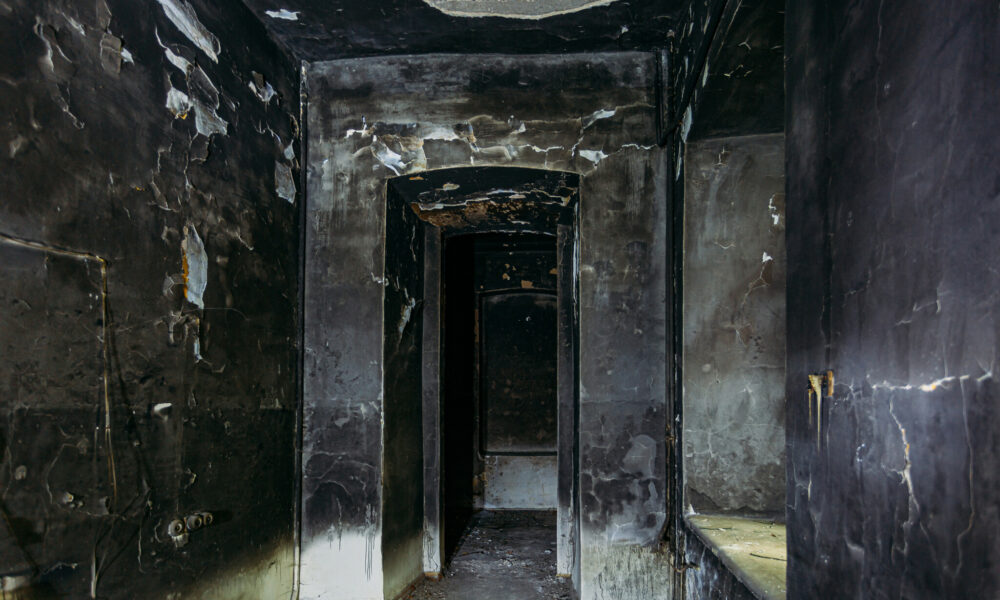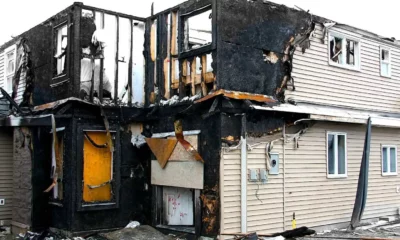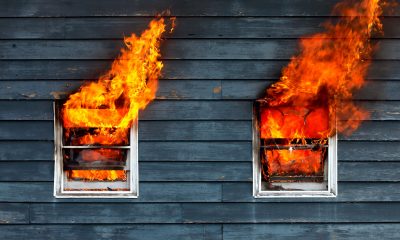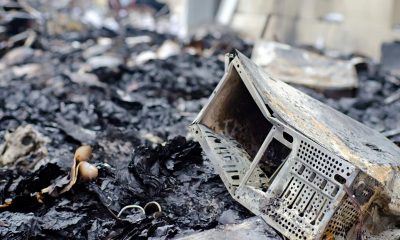Fire Damage, Soot Damage, and Your Floors

When your home is harmed by fire, the flames tend to capture your attention. Unfortunately, they are not the only thing you need to worry about regarding fire damage. Even after extinguishing, other forces associated with the fire can continue to cause problems for your property. Soot is a perfect example. Soot damage can occur in areas you may expect only after the fire is out. It is one of the reasons that working with a professional restoration company is so important when you want to ensure that your home is returned to a safe environment. At National Disaster Recovery, we provide the expertise you can count on and are here to help.
How Soot Causes Damage
Soot is composed of tiny particles left over by incomplete combustion. It is toxic, corrosive, and can cause health effects, so you do not want it hanging around your home. It rises with smoke and can infiltrate spaces far from where the actual flames were, so it may lurk in places you would not think to look. Do you need an example? Think about your floor joists. If you have had a fire in your basement or ground floor, the smoke can quickly rise to impact the floor joists that support the floors overhead. It carries soot with it and clings to the wood, beginning a destructive process that can continue until it is stopped. Soot damage needs to be addressed promptly, or you may be dealing with structural damage. Read more.
How Soot Damaged Floor Joists Are Restored
The methods used to deal with soot damage can vary depending on what has been damaged. When floor joists need restoration, the first step is to decide if replacement is necessary. If the damage is severe, it may be the only suitable response. In other cases, cleaning may be possible. However, it can be a real challenge. After all, wood is a naturally porous material, so it absorbs odors deeply when it is not protected.
When floor joists have suffered only mild or moderate harm and are made of treated or sealed wood, they usually are easier to clean and deodorize. It is a labor-intensive process, but it prevents decay and eliminates the emergence of smoke odors when it is done correctly. What if floor joists that have suffered only mild or moderate harm are made from unfinished wood? Without any finish to protect it, this wood is much harder to clean and deodorize. If you are dealing with soot damage here, it can generally require the application of some type of sealant after the work is done to ensure that the smoke smell is truly locked away.
Fire Damage Restoration Services
A fire event is highly problematic because it can cause so many types of harm to your residential property. It is not just fire damage. There can also be smoke and soot damage. In addition, it is common to find water damage from the efforts to put out the flames. If this is not dealt with promptly, it can set the stage for mold issues.
As a trusted directory in the restoration industry, we know precisely what company to choose when troubles arise after a fire. We are proud of the companies we support. The companies we support have the training, equipment, and resources to identify evident and hidden issues. They work diligently to provide efficient, effective fixes that return your home to a safe, healthy environment for your family so that you can enjoy a return to normalcy.
If your home has been damaged by fire, count on us for a compassionate, effective company. Let us show you why many people rely on National Disaster Recovery for quality and responsible restoration companies.










Facebook
RSS